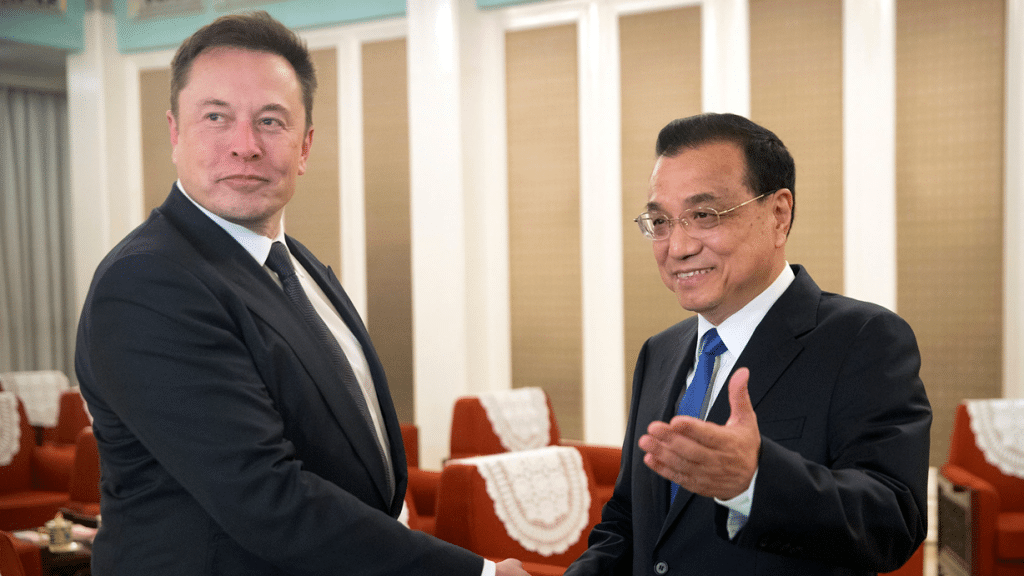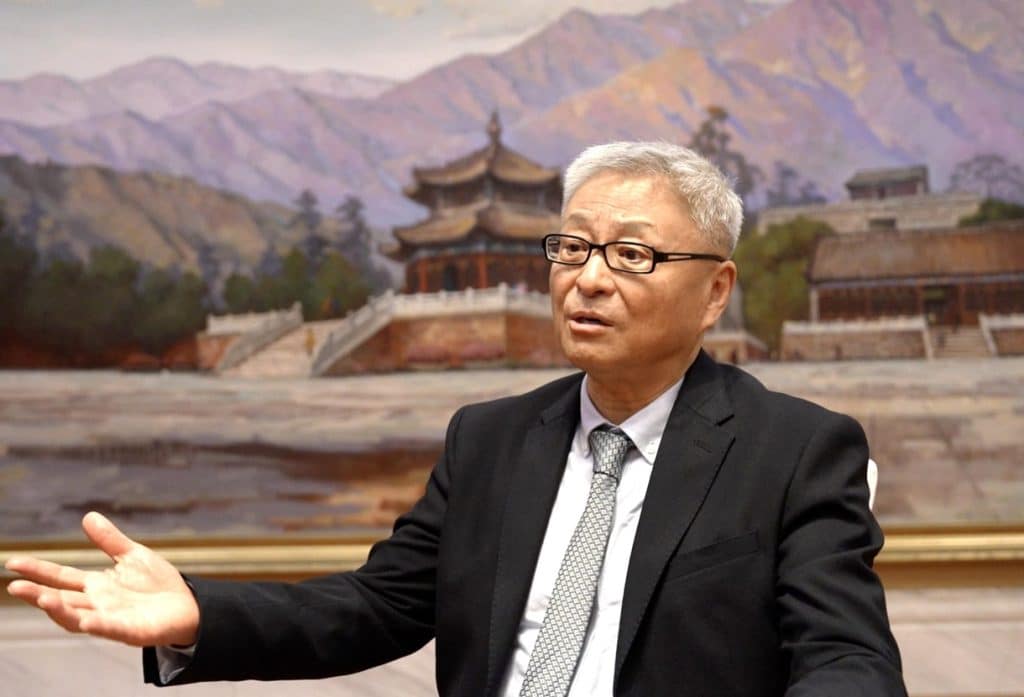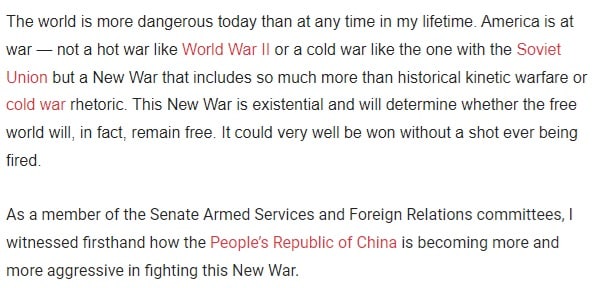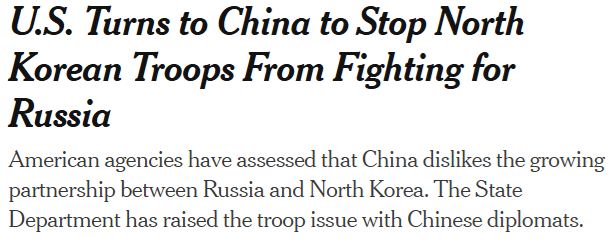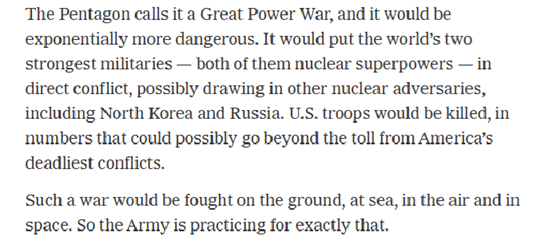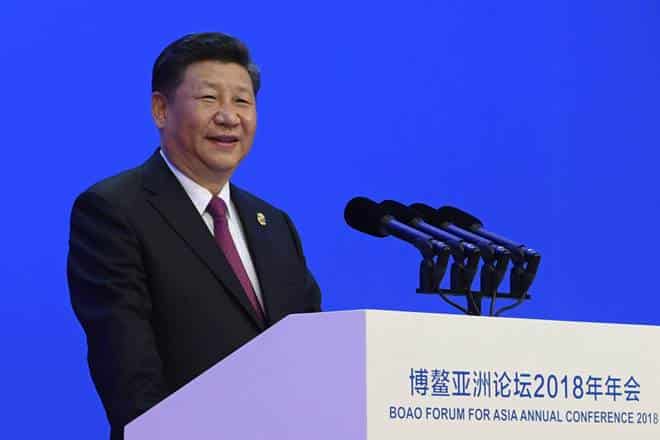CFR Talk Summary—US Strategy in Asia: Is the Pivot Working?
作者:Adrian Lo 来源:US-China Perception Monitor
On Thursday, October 6th, the Council on Foreign Relations held a discussion assessing the progress and future of the United States’ rebalance to the Asia-Pacific. Invited were three esteemed panelists: Kurt Campbell, former senior State Department official in the Hillary Clinton State Department; Elizabeth Economy, C.V. Starr senior fellow in Asian studies at CFR; and Thomas Christensen, former deputy assistant secretary of state for East Asian and Pacific affairs in the George W. Bush administration. The future of this bilateral relationship hangs firmly in the balance. Moving forward, expectations for the US in the region have risen tremendously; playing a key role in Asia will require a “much more integrated, much more cohesive, much more determined set of efforts.”
All three panelists agree that the “pivot” has been a largely positive maneuver in advancing Sino-US relations. Christensen, although in favor of many of the policies the pivot entails, finds fault in the public diplomacy aspect of it. The narrative Washington has chosen to pursue suggests the idea that “maybe we had left another region of the world, and it suggests that maybe we might leave Asia again if there’s some problem in the Middle East or elsewhere.” In his view, it creates unnecessary friction and leaves room for misinterpretation of the US’ desired role in the region. He also dismisses any comparison between America’s relationship with China under the Bush administration and the Obama administration given China’s transformation over the last decade in terms of both regional/international stature and overall strategy. Christensen believes that instability in the region is largely due to China’s more assertive policies since the 2008 financial crisis, which have caused problems for American diplomacy. Reasons why China began adopting hardline policies are twofold: more confidence in foreign affairs, and greater fears domestically for the CCP. Being more assertive in the face of perceived provocation from its neighbors has been counterproductive at times. It has led to the destabilization of the region, which has allowed the US to improve security relations with the likes of South Korea, Vietnam, and India. China’s belligerence towards its neighbors has played a role in affording these opportunities to the US.
Meanwhile, Economy praises the pivot for demonstrating American core values, such as “free trade, freedom of navigation, and political freedom.” She mentions the implementation of the Trans-Pacific Partnership as an example of the far-reaching impact of American principles in the region. On the topic of TPP, Campbell explains that it serves to diminish the risk of America’s Asia strategy from being too unidimensional because it is an indication of the US’ commitment to multilateralism in the region. Deals like the TPP signify a multifaceted approach that will involve not just a strong security component, but a commercial dynamic that will reap economic benefits between the two regions. Therefore, the TPP is not about shipping US jobs abroad and hurting American labor, but rather about facilitating US exports to Asia. Economy, however, tempers this optimism by pointing out that we are now seeing pushback from the CCP as it attempts the check America’s influence in the region. Moreover, despite being more ambitious in its foreign policy, Beijing is also trying to be more insular in order to further legitimate the Party and the ideology it espouses. As a result, since President Xi Jinping took over, he has been reluctant to openly embrace foreign ideas, foreign capital, and foreign civil society (foreign NGOs). But she does argue that the Obama administration has successfully managed to find areas of cooperation with China by seeking out ways to “leverage Xi Jinping’s ambition,” which means that convincing Chinese policymakers to adapt and moderate is possible, albeit challenging.
Christensen concurs by reiterating the power of rhetoric and how that affected, and still affects, people’s perception of the pivot. From Beijing’s perspective, the language used by Americans “fed very well into a narrative in China about what the United States was going to do as it pulled out of Iraq and Afghanistan. It was going to come after China.” He uses the TPP as an example: even though it was created by non-American APEC members during the Bush years, and was intended to encourage China to open up its economy further, thereby benefiting all parties, it was ultimately framed as a ploy to exclude China as it became “caught up in the pivot.”
Finally, the consensus from all three panelists is that Sino-US cooperation is a long-term commitment that will require several administrations to improve and refine. No two countries are as engaged in an interdependent relationship as the United States and China. For now, a good step in the right direction would be inculcating habits of cooperation, which Campbell suggests is severely lacking between the two countries. Whether it be aid and assistance, disaster relief, and anti-piracy issues, we have done “remarkably little together.” At this stage of the relationship, “focusing on structural efforts at figuring out how we work together to solve common problems” are far more important than empty rhetoric.
Written by: Adrian Lo
[Council on Foreign Relations]. (2016, October 6). John B. Hurford Memorial Lecture: U.S. Strategy in Asia: Is the Pivot Working?[Video File]. Retrieved from https://www.youtube.com/watch?v=4fQYlVq9G5g
Transcript of the discussion can be found here: http://www.cfr.org/asia-and-pacific/us-strategy-asia-pivot-working/p38368
来源时间:2018/4/3 发布时间:2016/10/12
旧文章ID:15711


